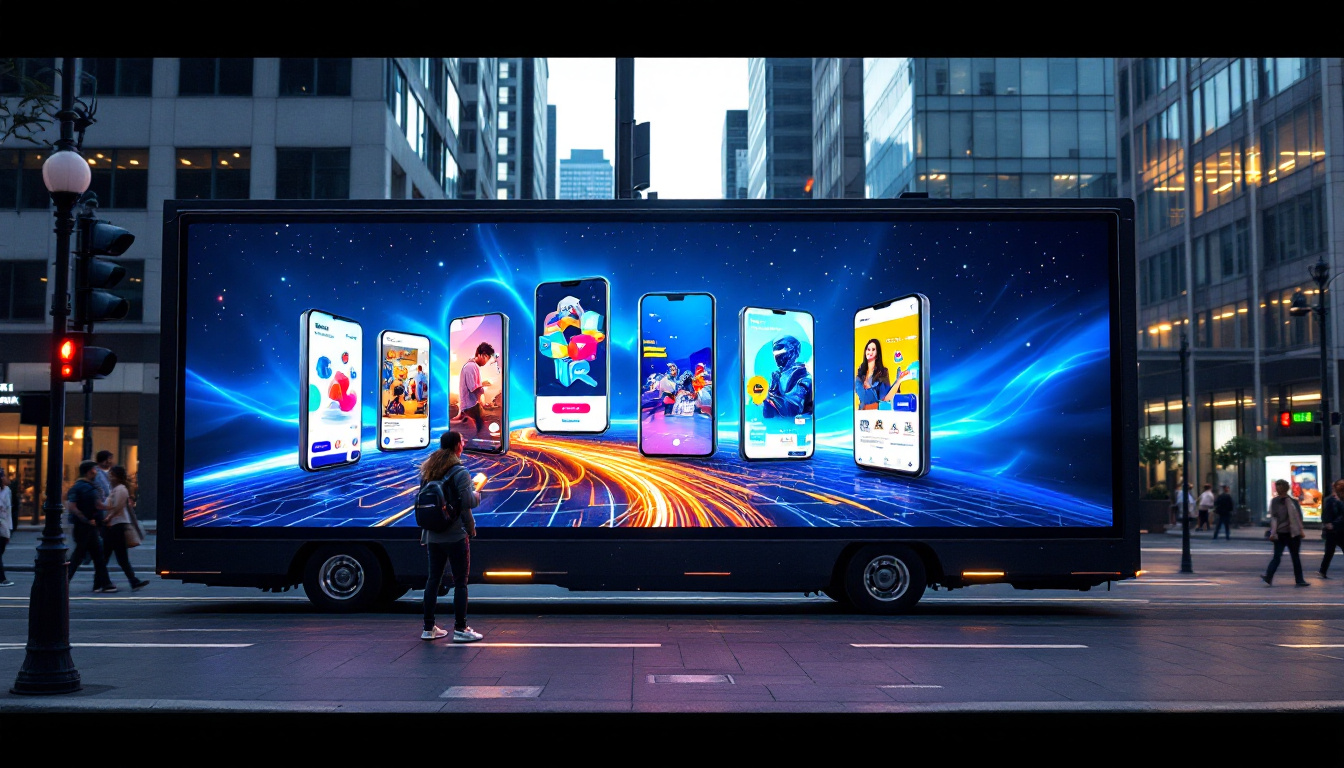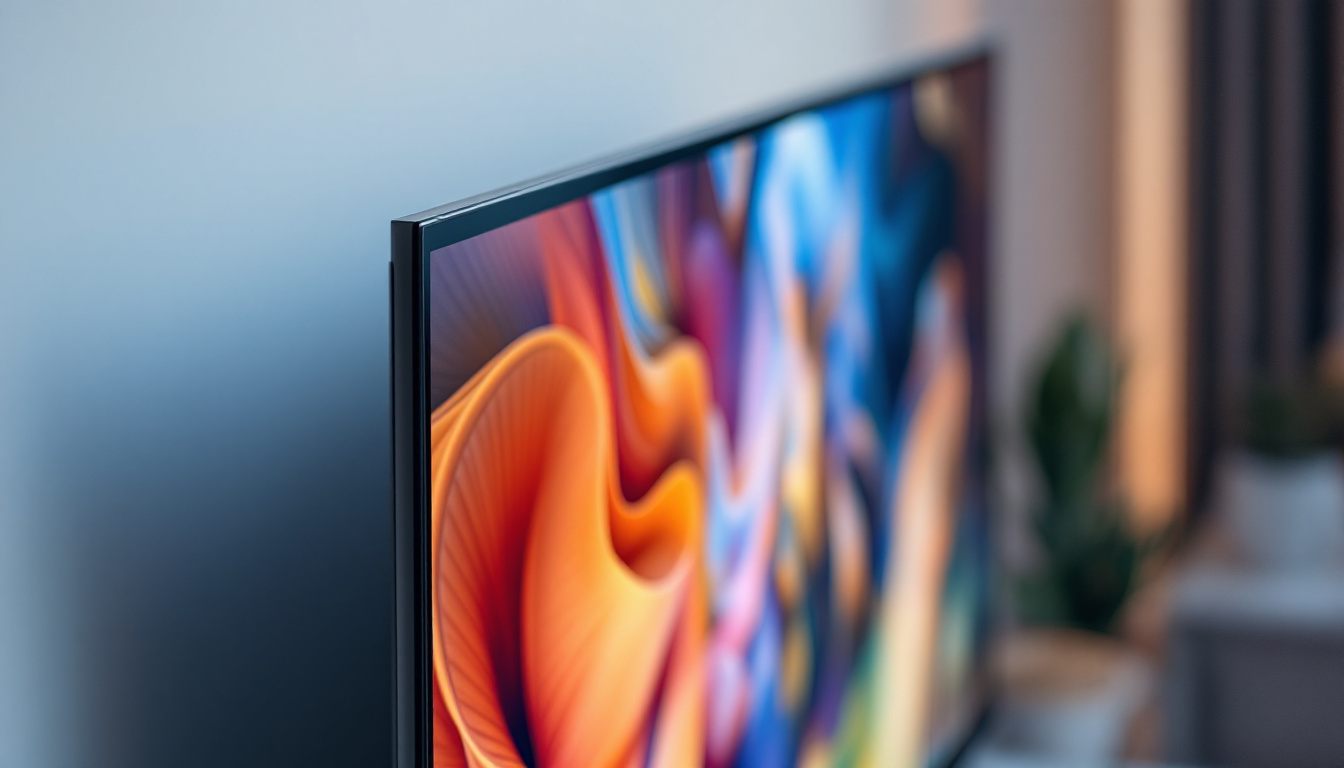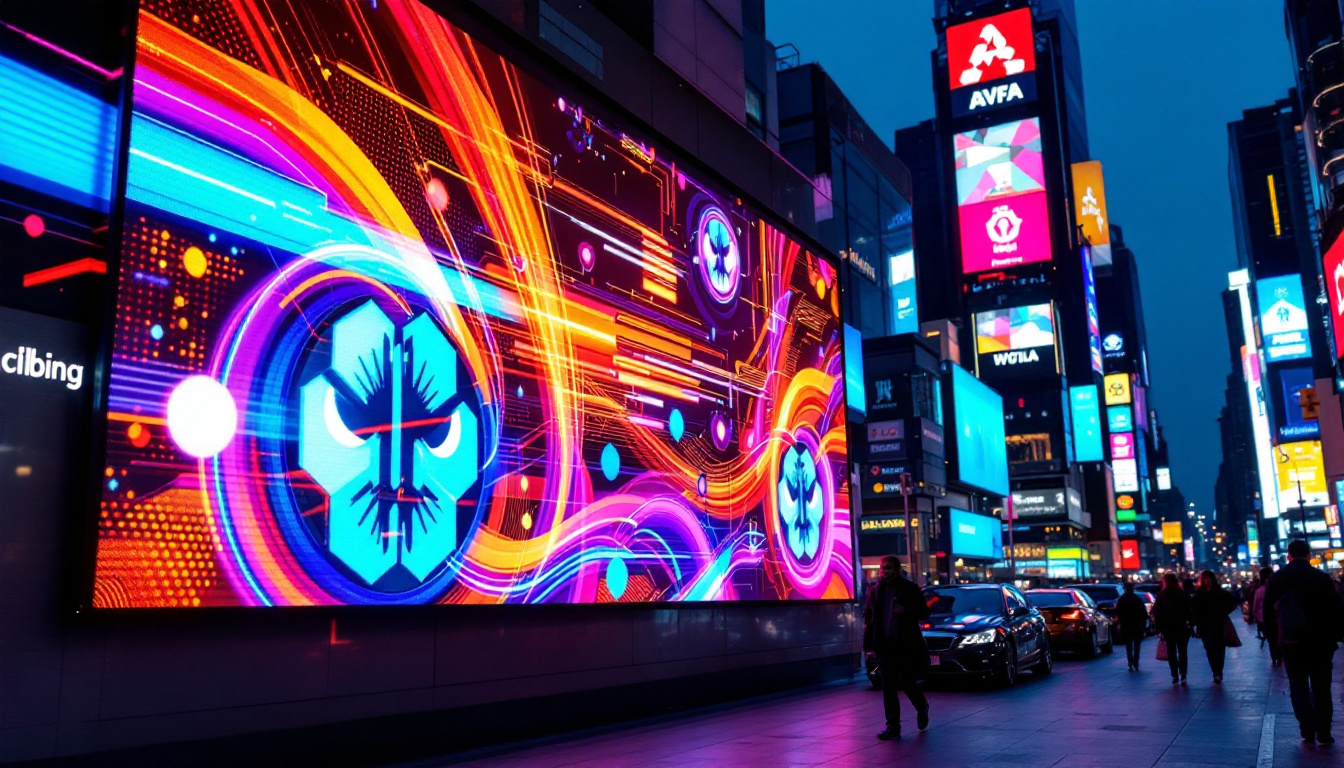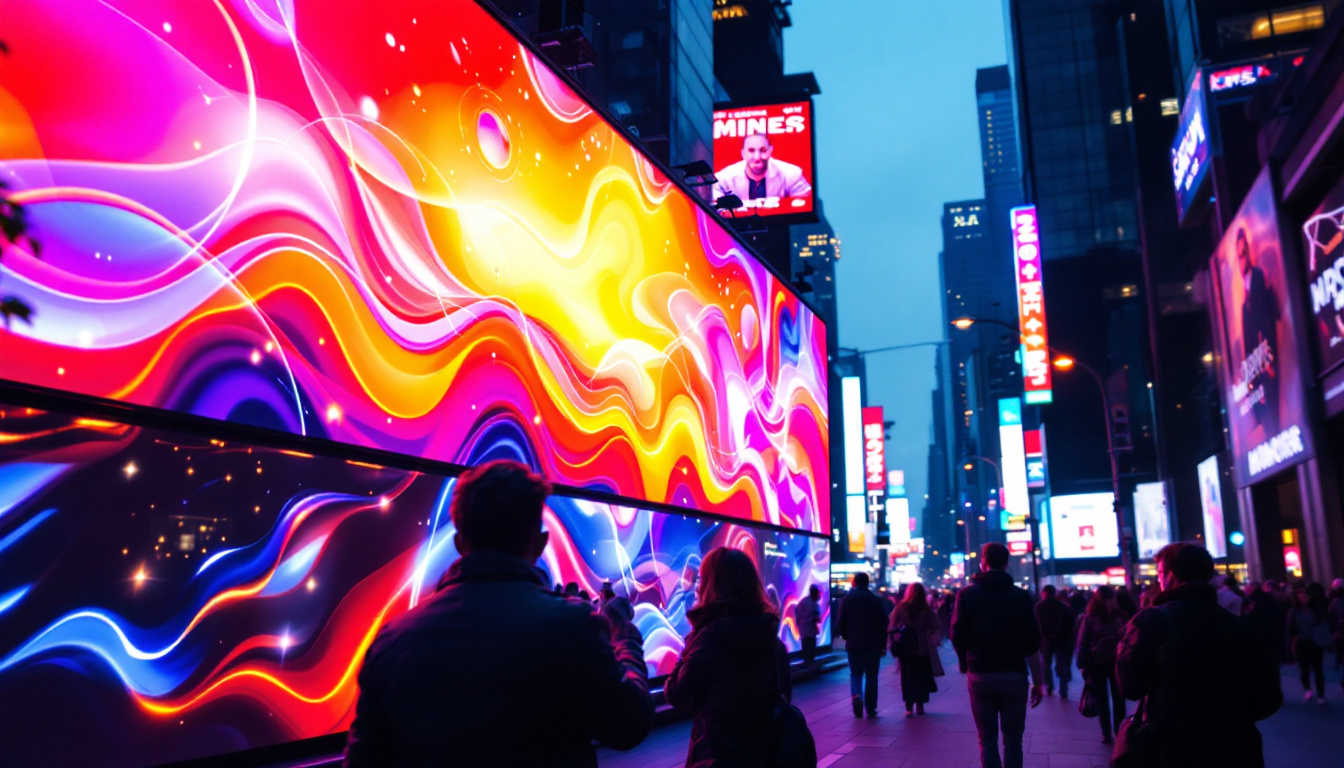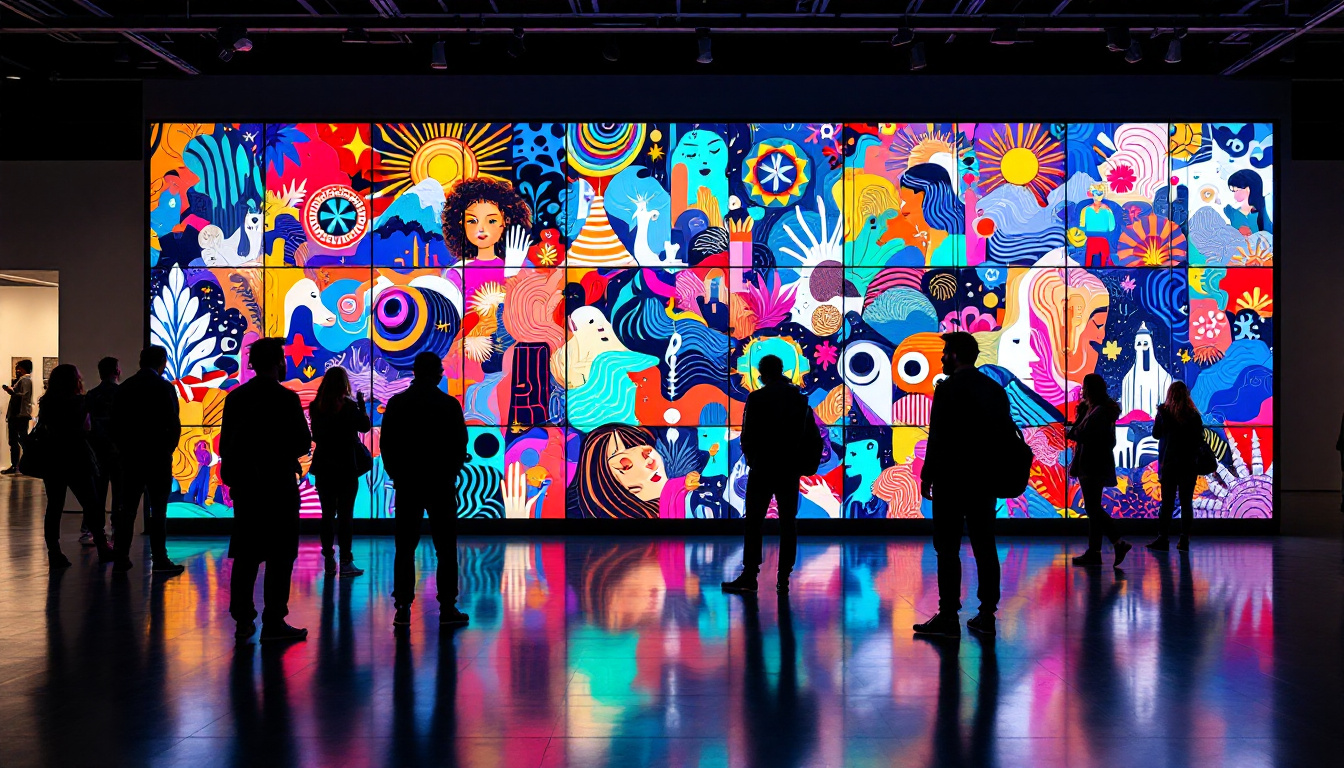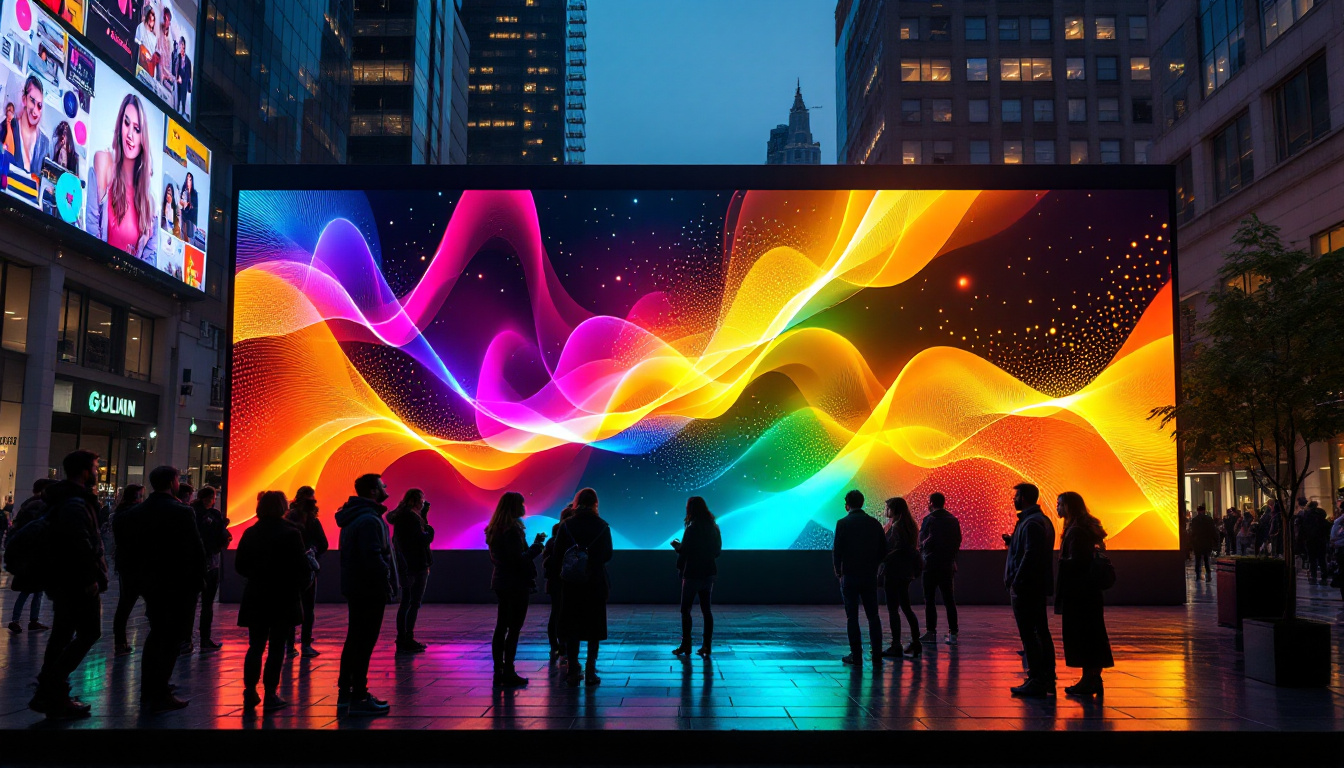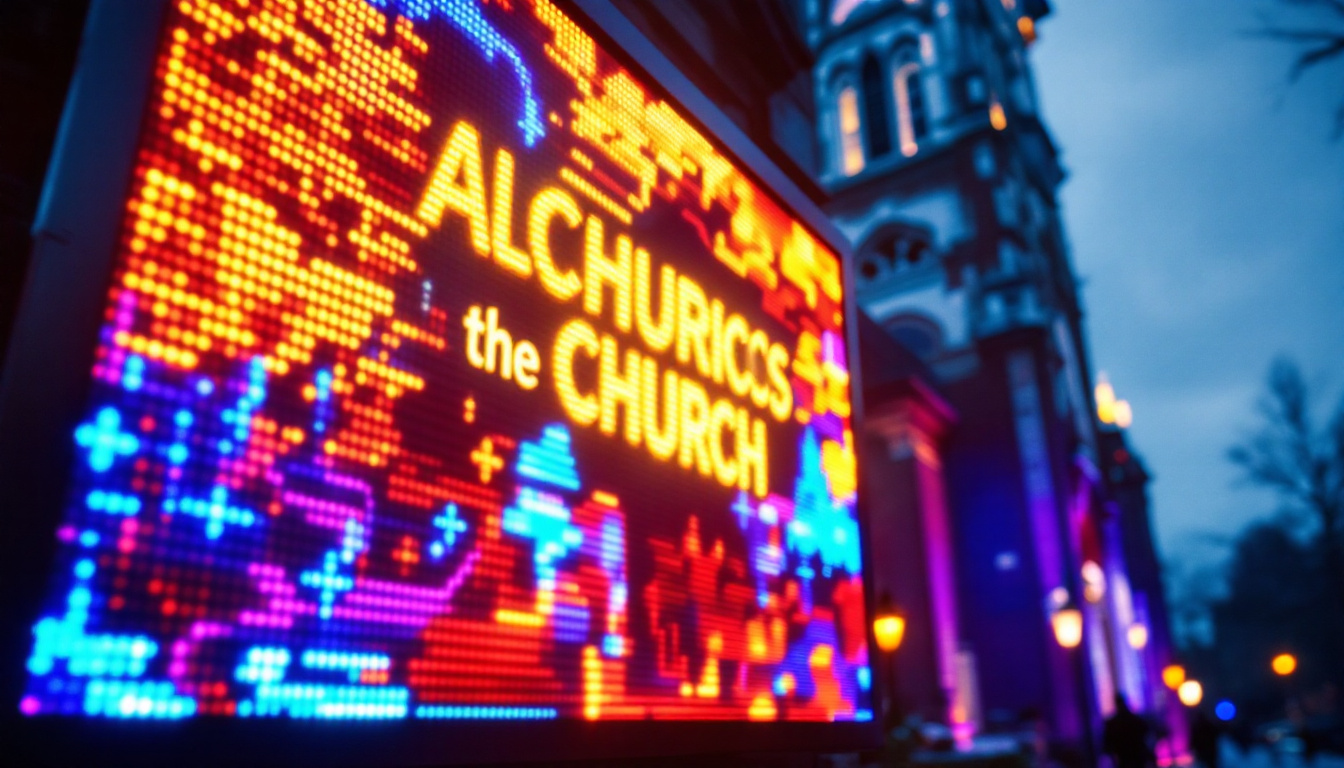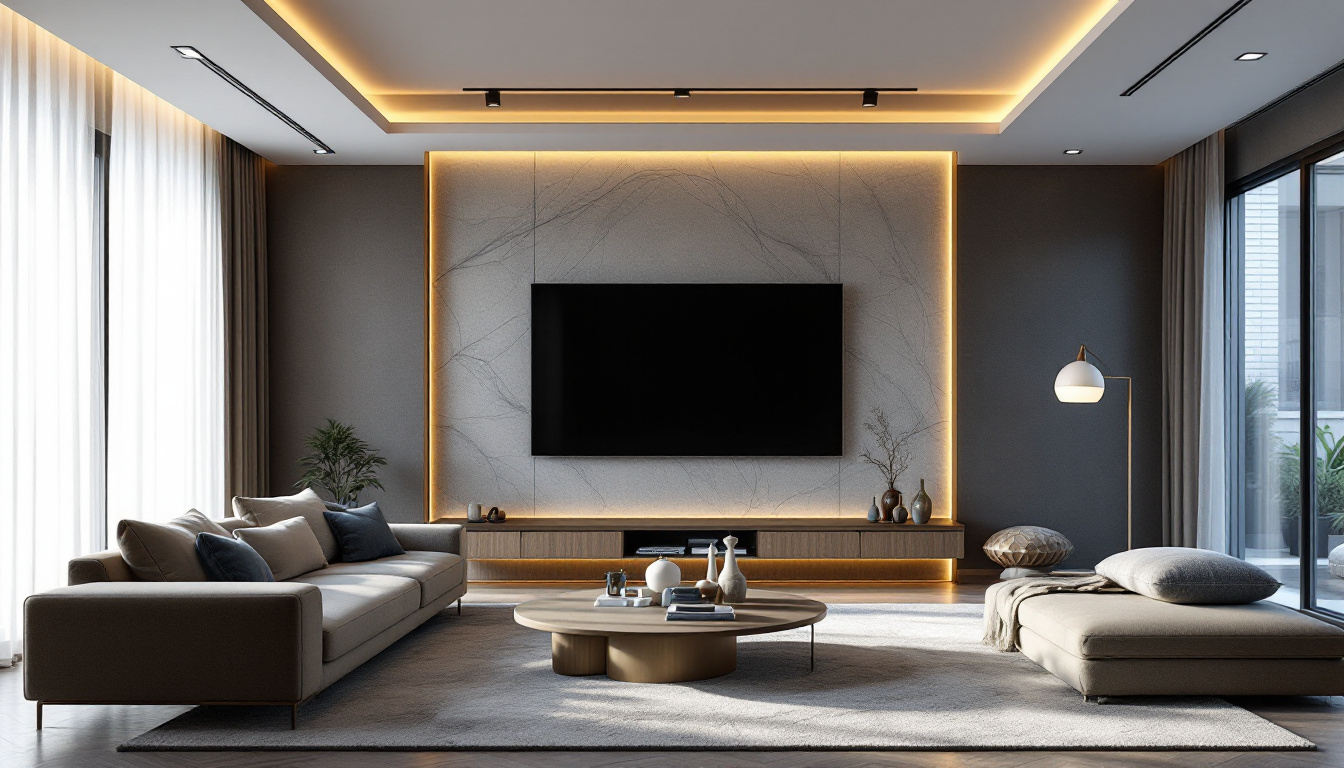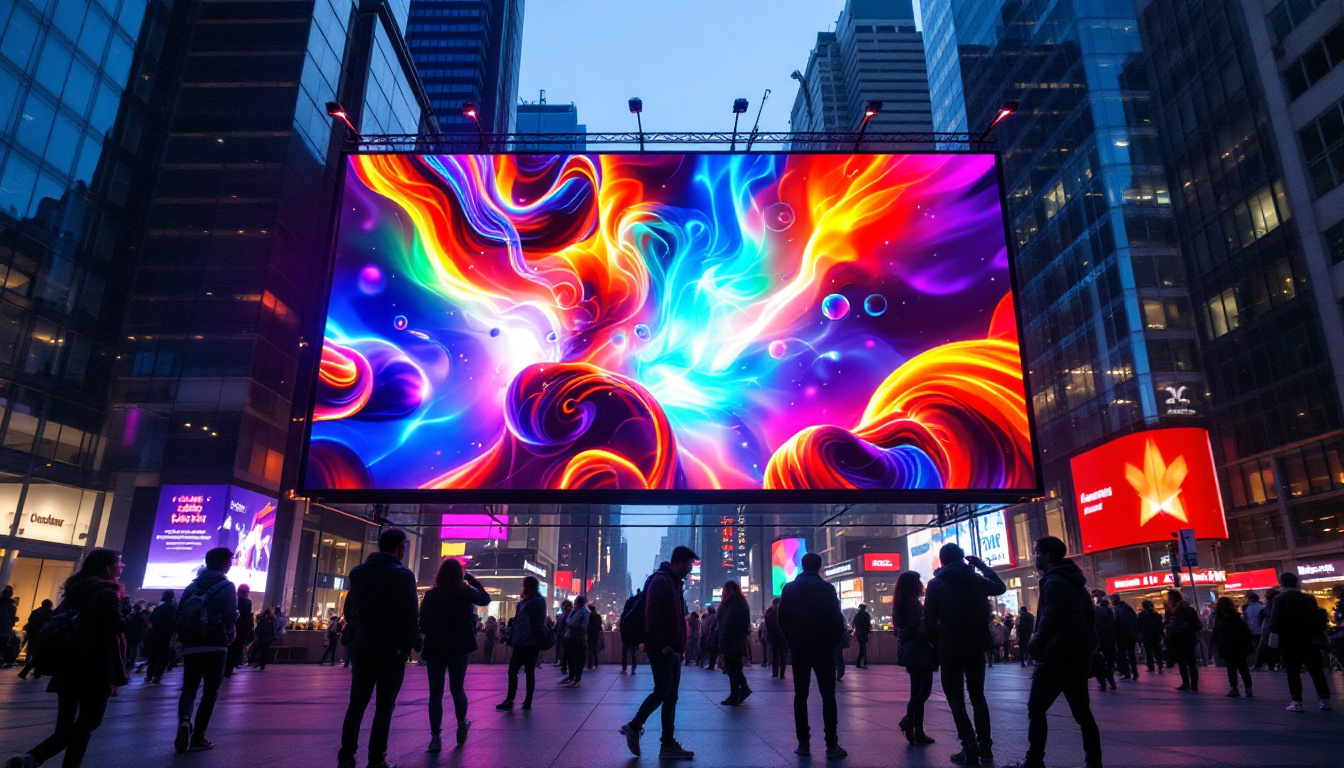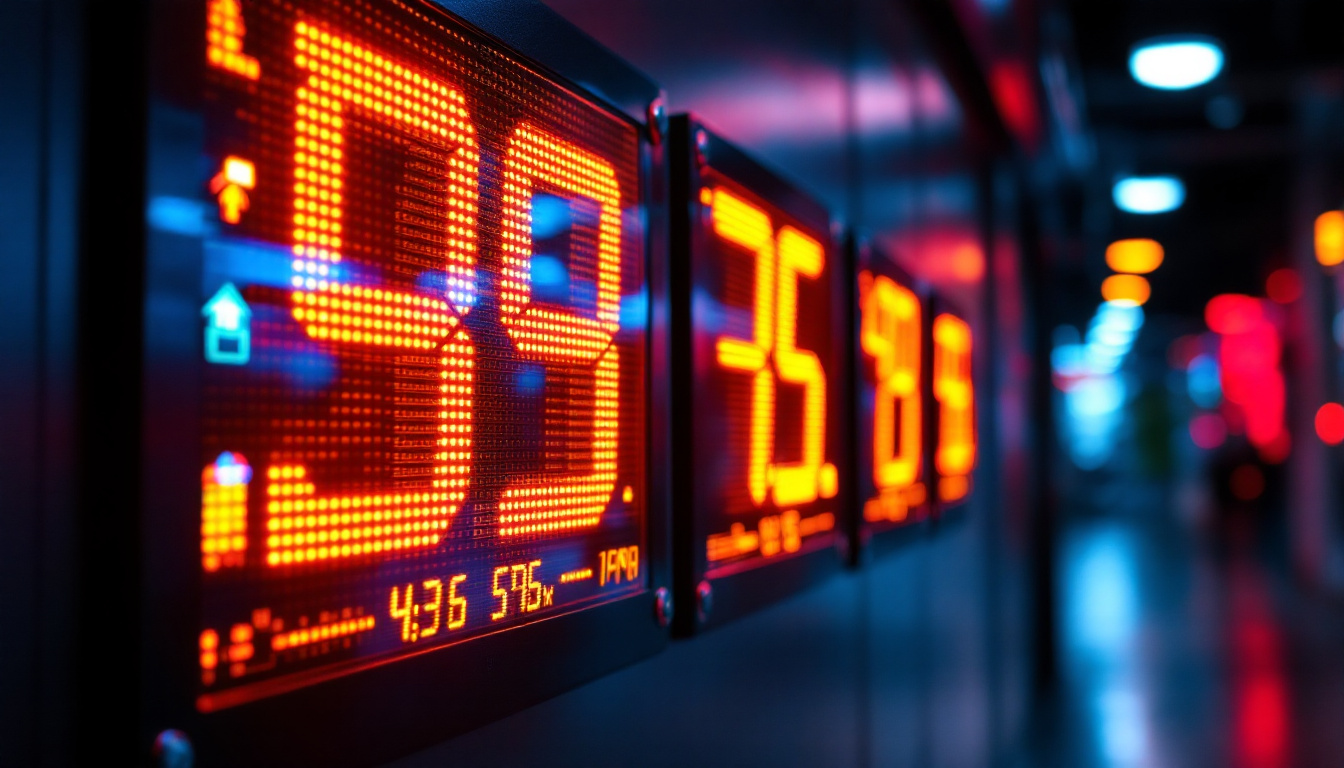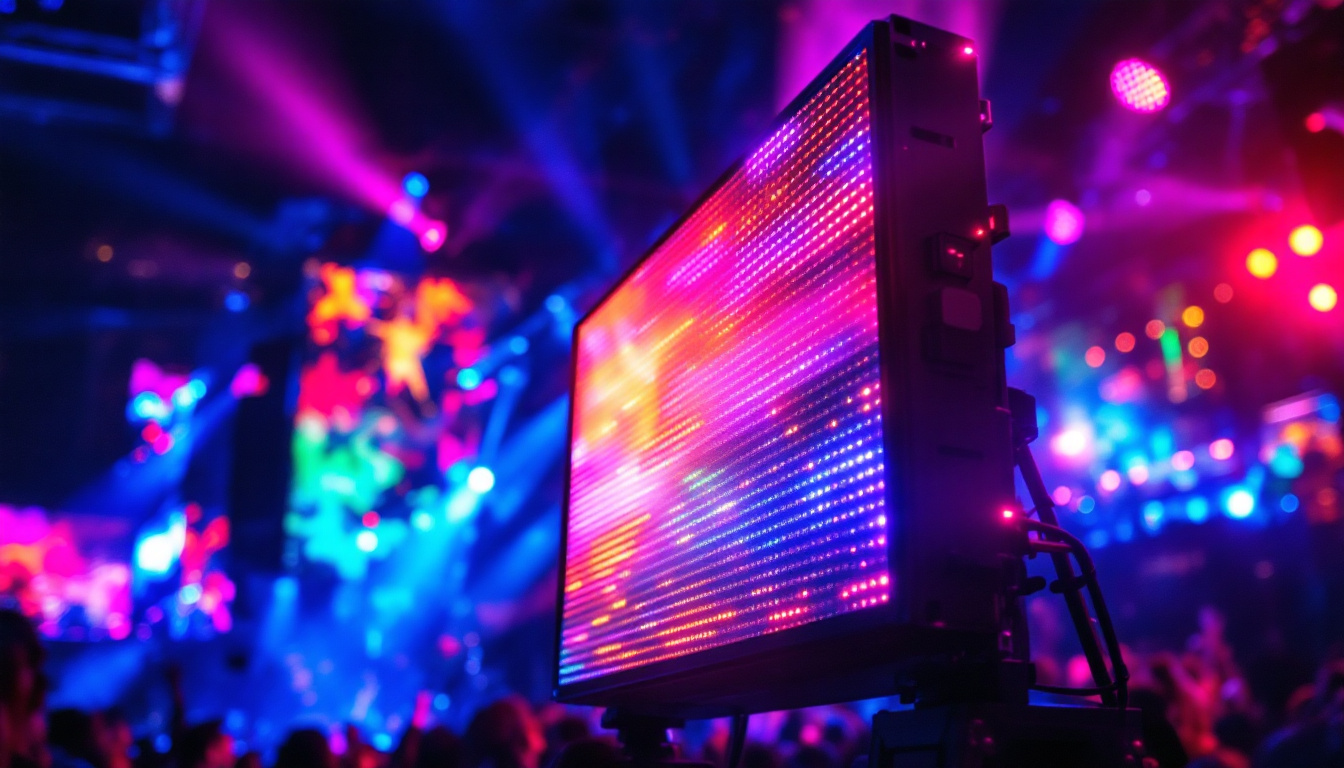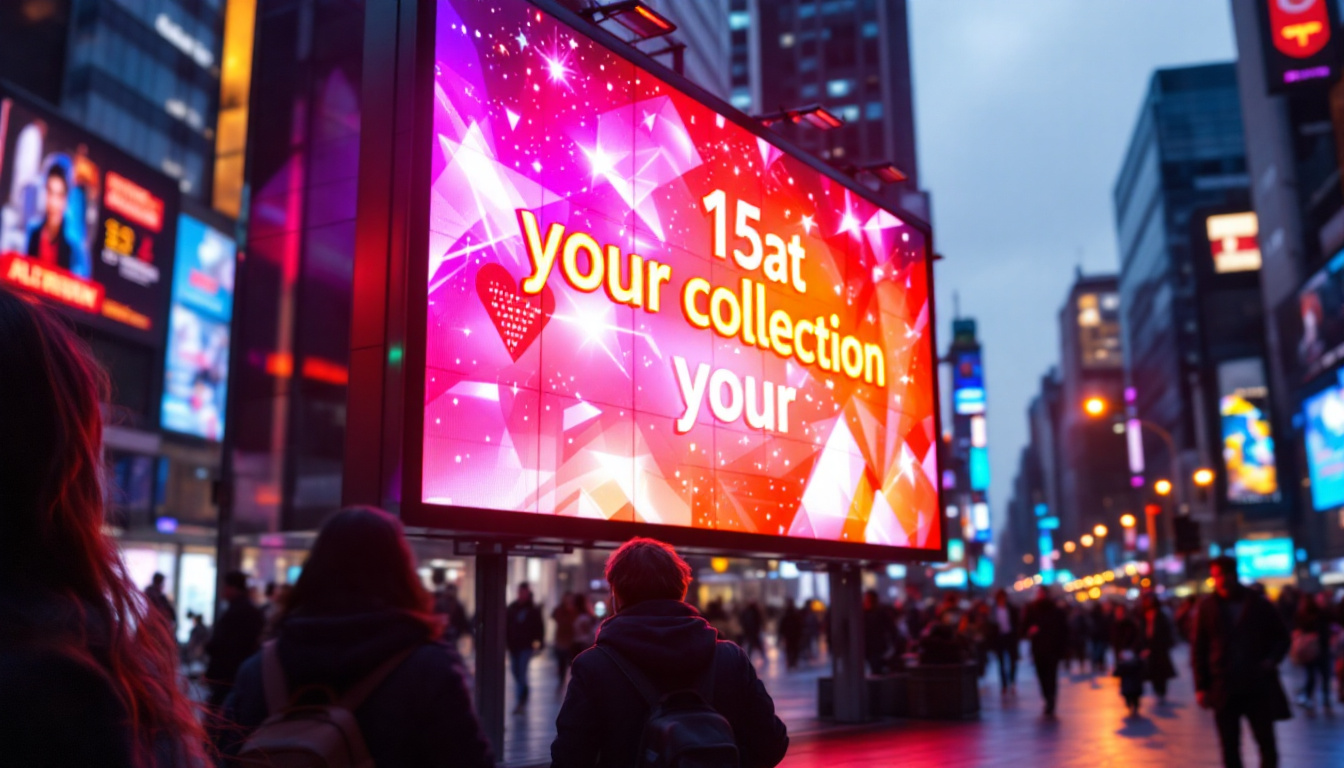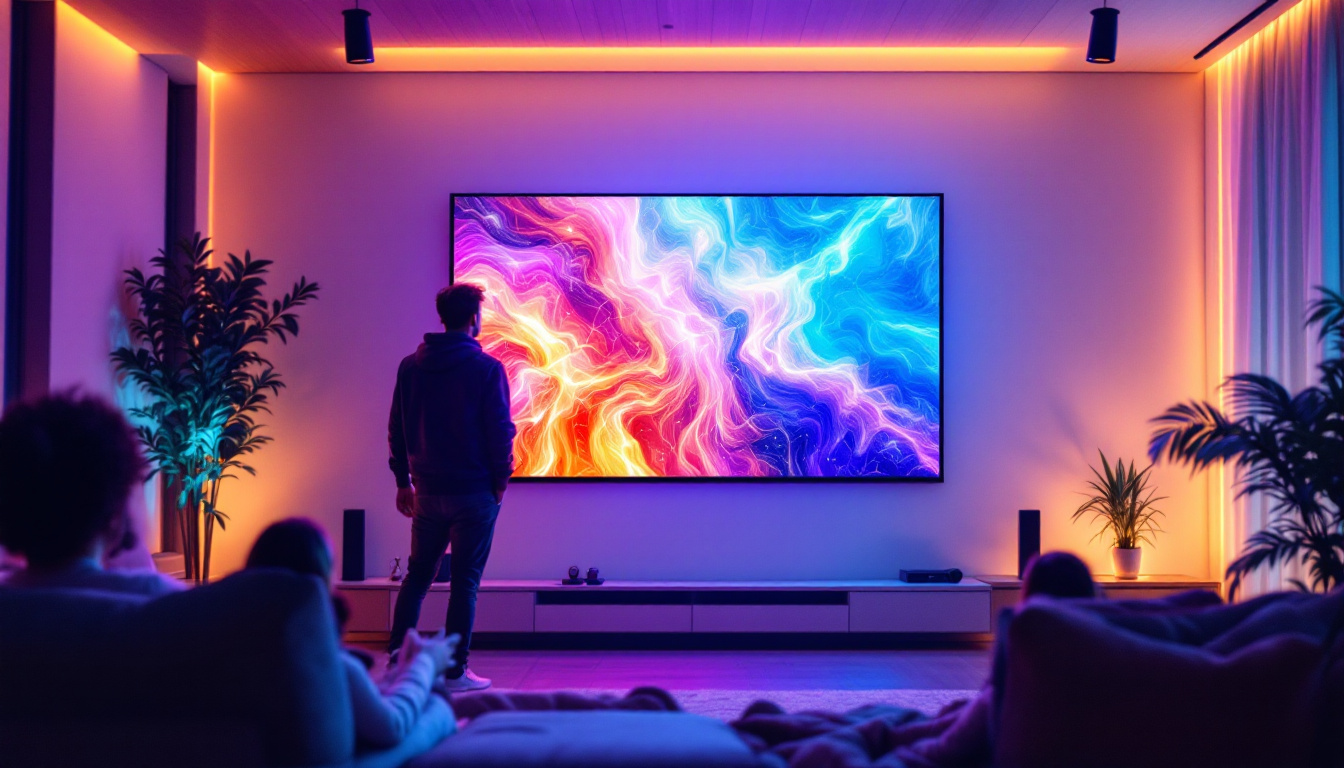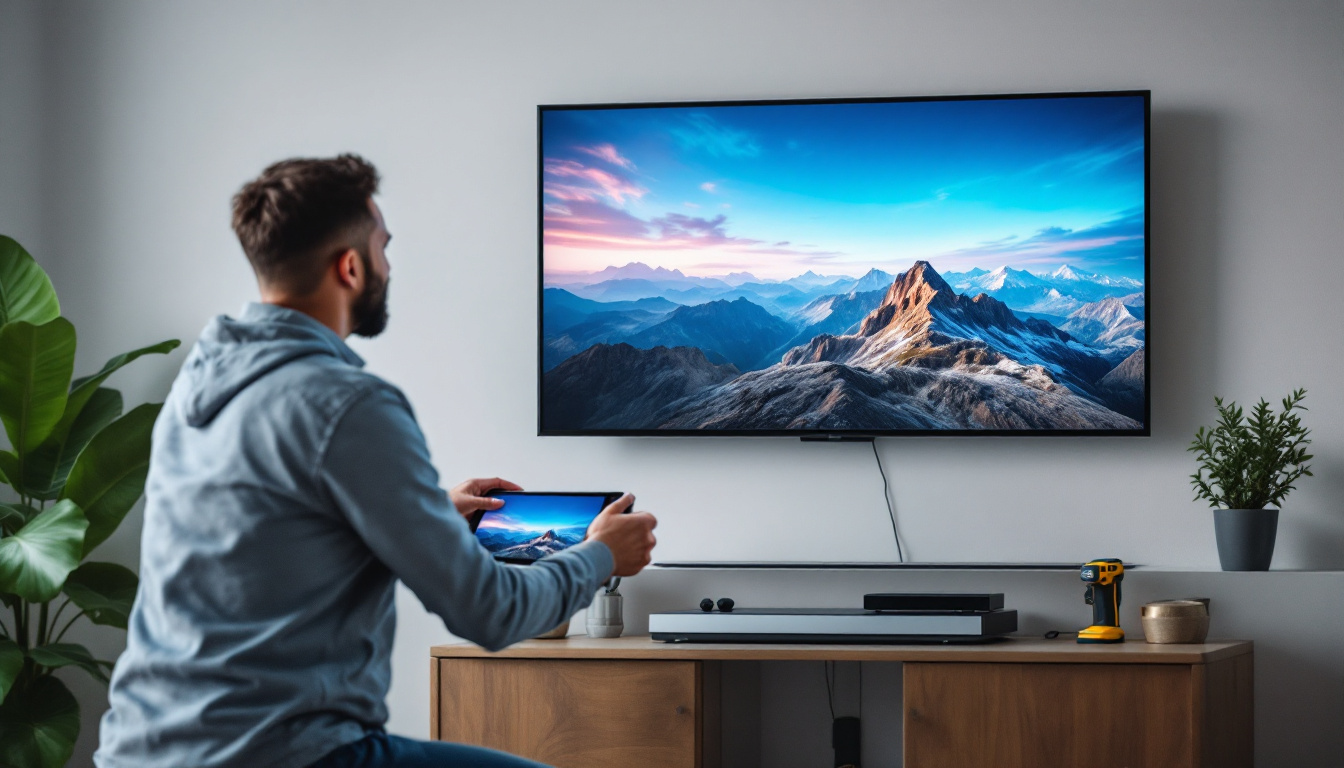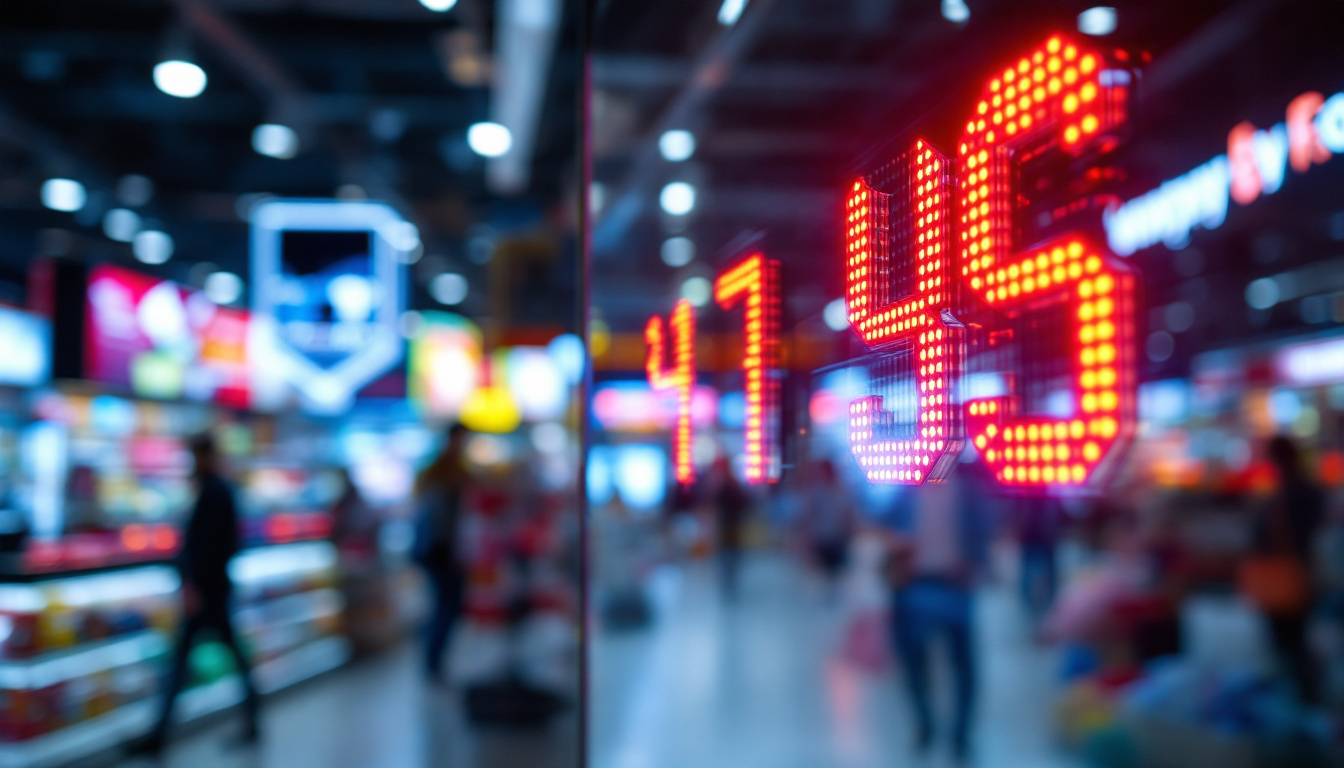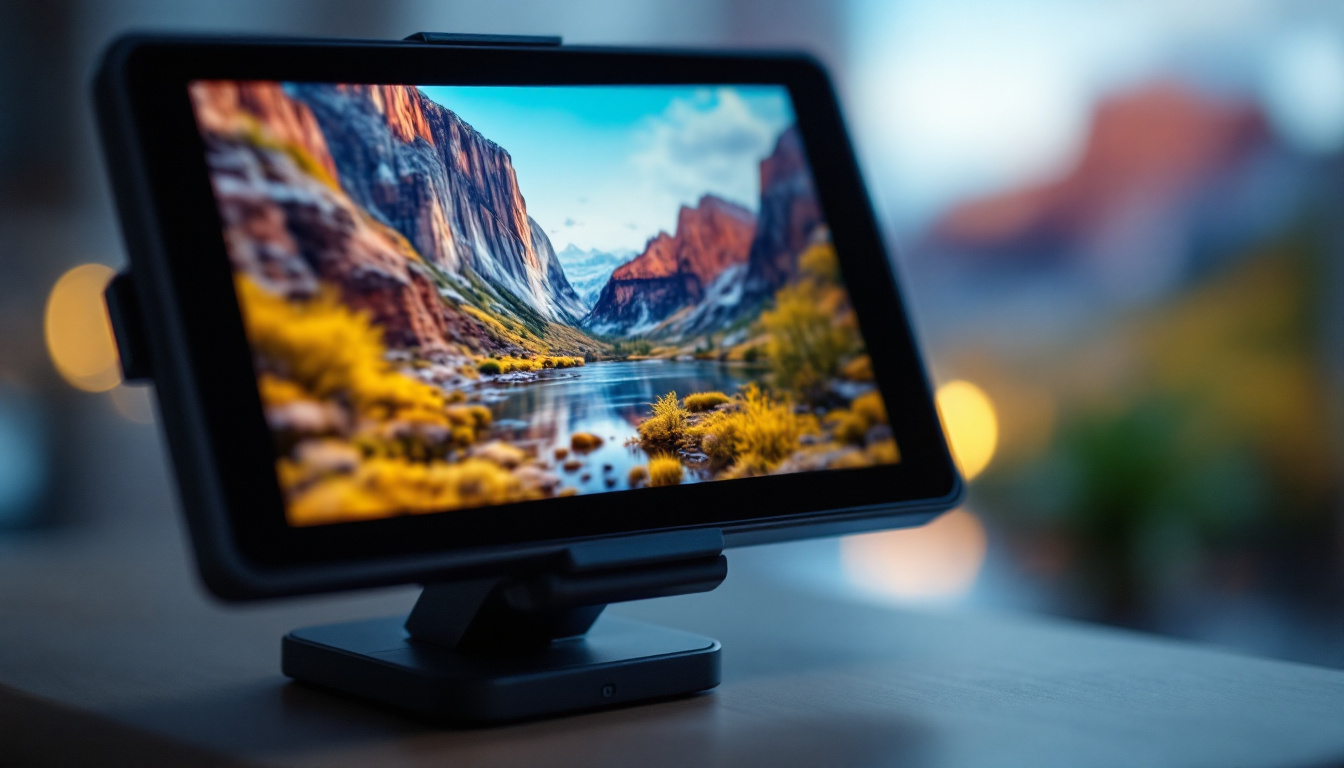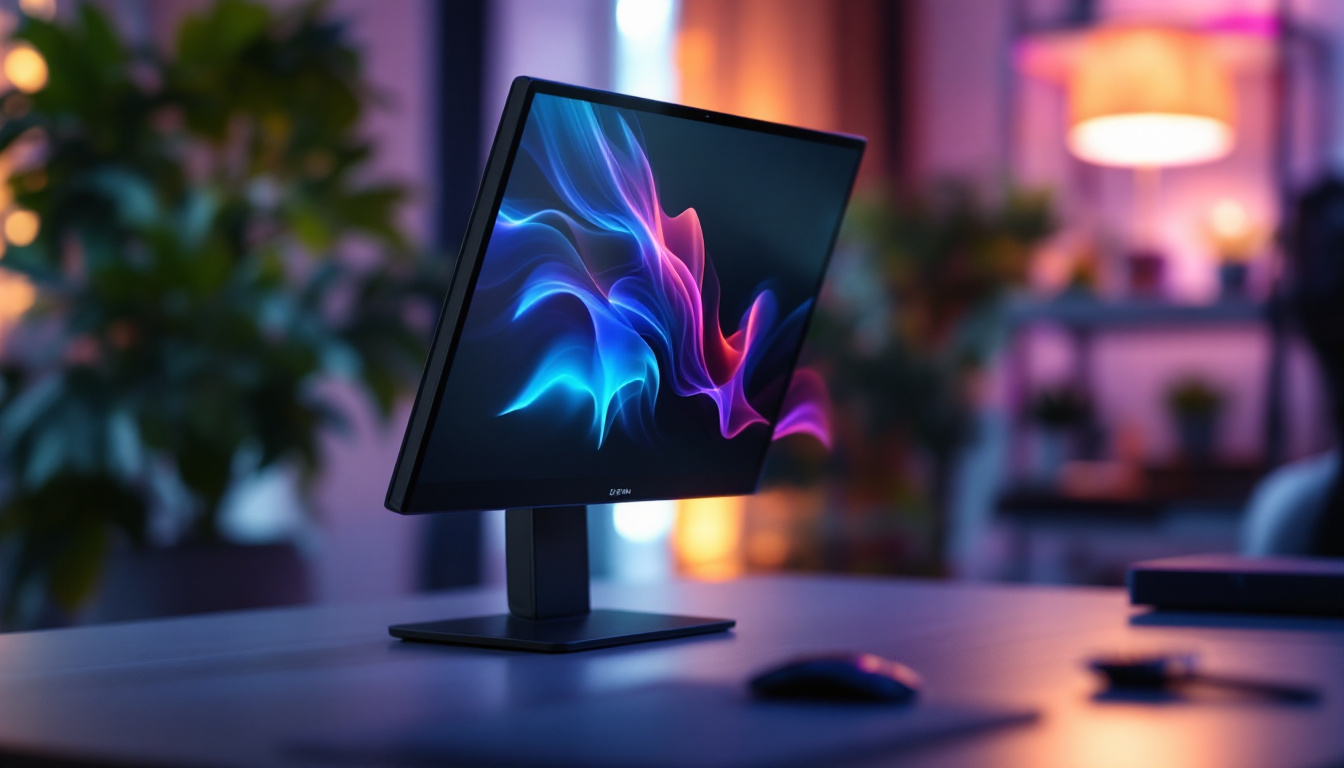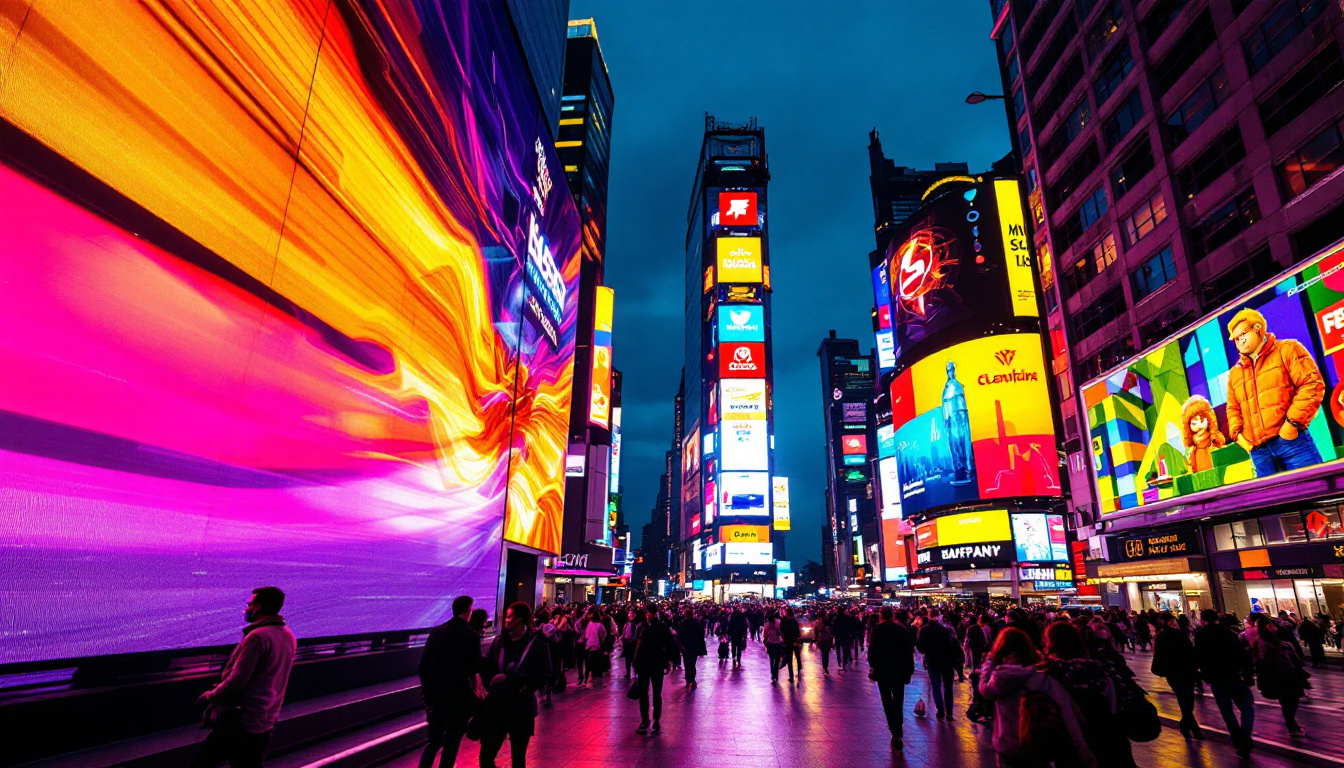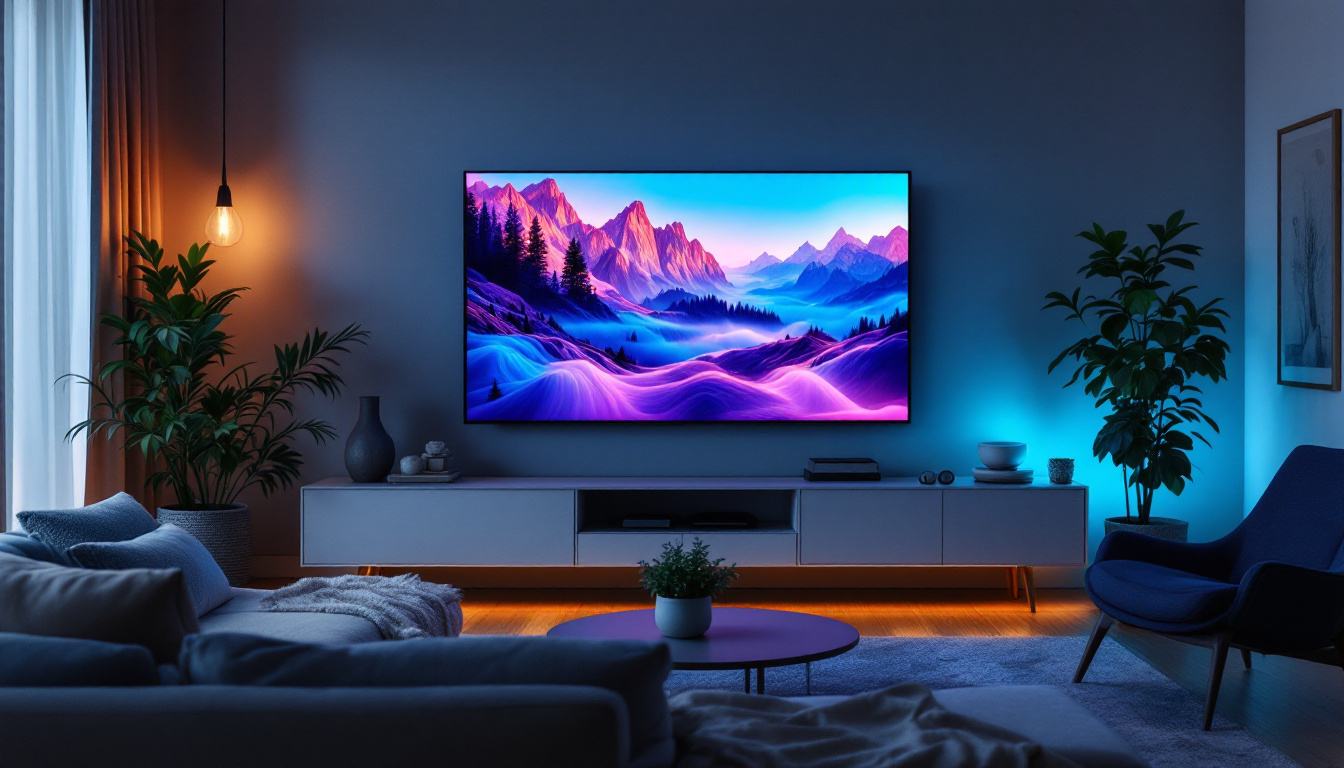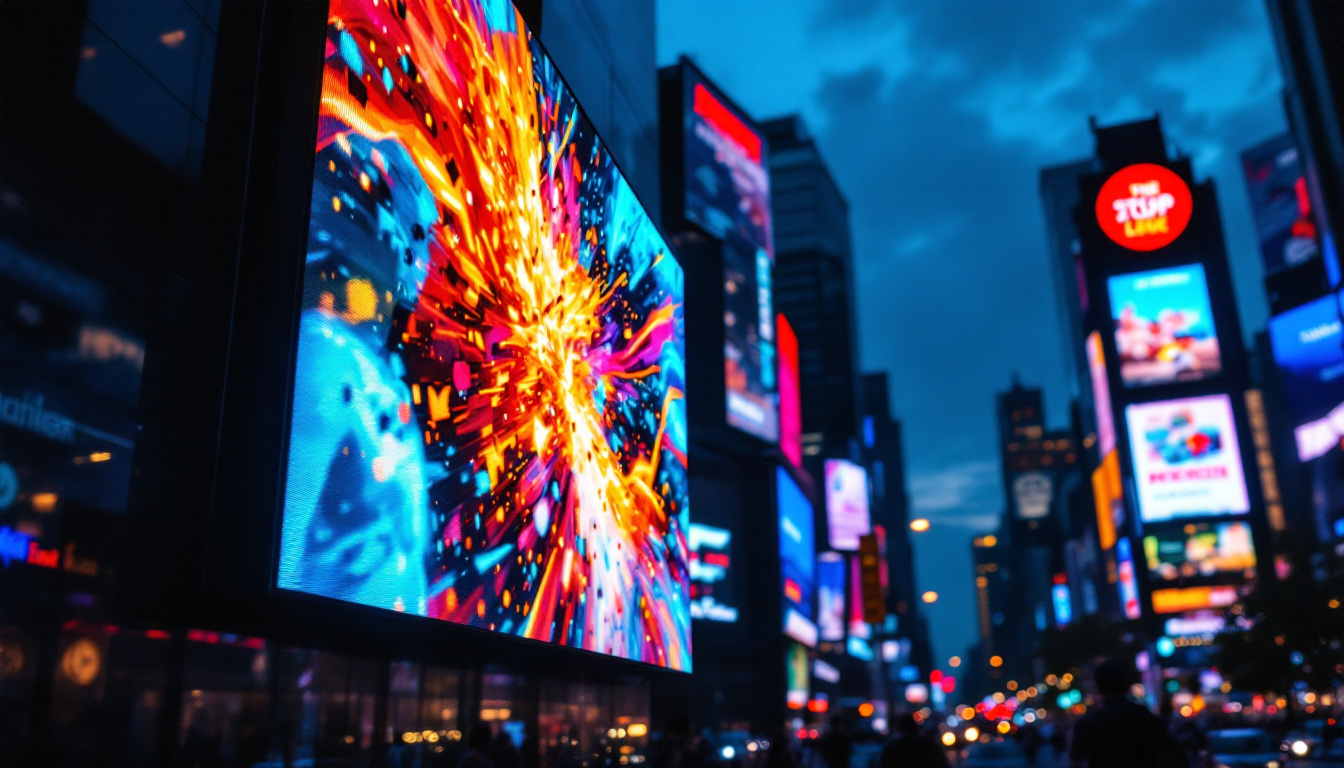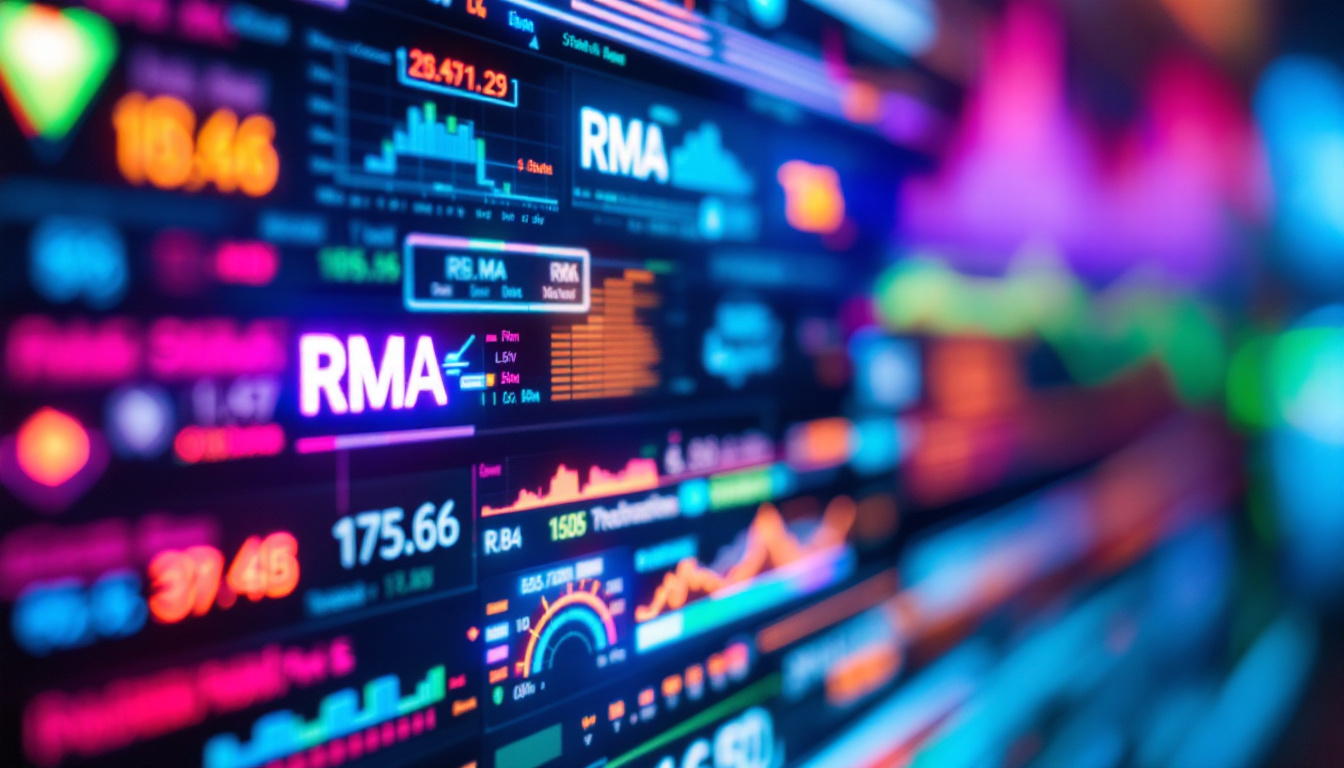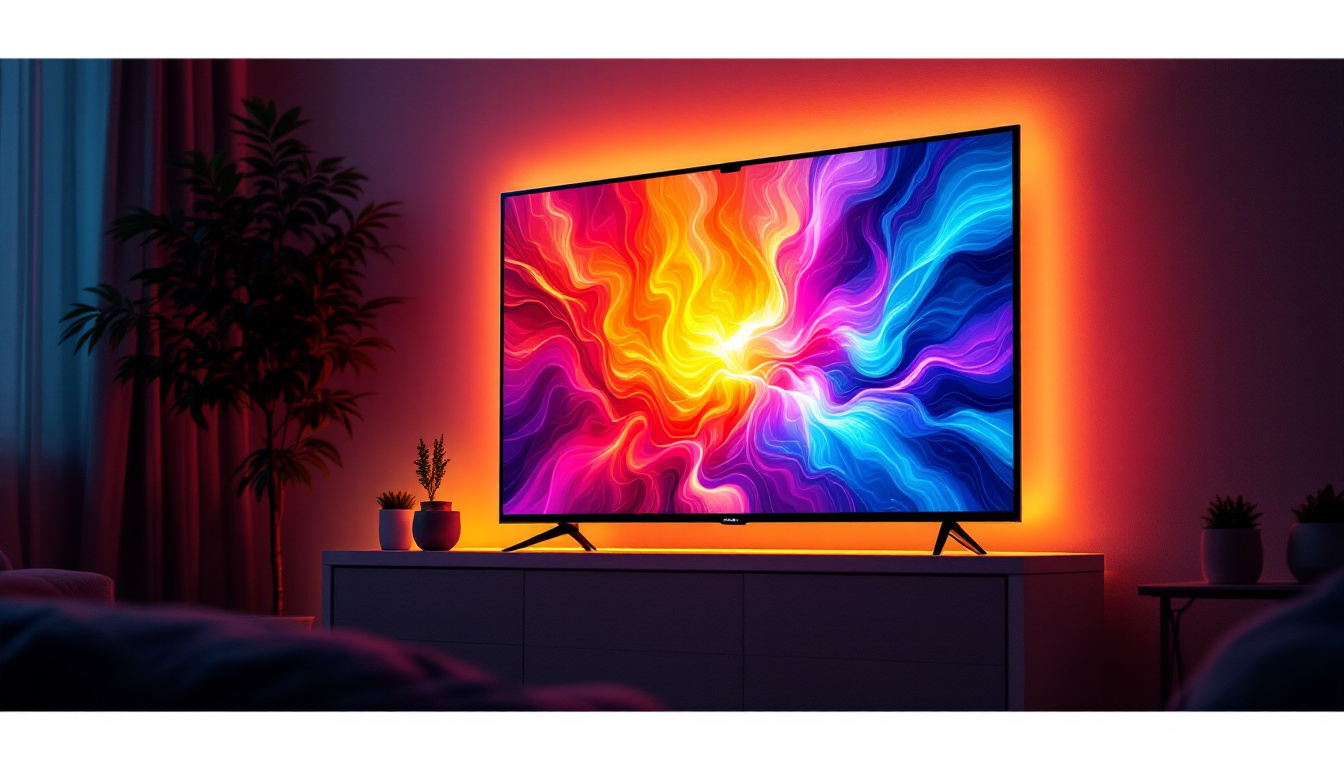In the ever-evolving landscape of advertising, mobile billboards have emerged as a dynamic solution for brands looking to capture attention on the go. Among the various types of mobile billboards, LED displays stand out for their vibrant visuals and versatility. Understanding the pricing structure of these mobile billboards is essential for businesses aiming to maximize their advertising budget. This article delves into the intricacies of mobile billboard prices, specifically focusing on LED displays and the factors that influence their costs.
Understanding Mobile Billboards
Mobile billboards are essentially advertisements displayed on vehicles that traverse high-traffic areas. They offer a unique advantage over traditional static billboards by reaching audiences in various locations throughout the day. This mobility allows brands to target specific demographics and events, making mobile billboards an effective marketing tool. As urban landscapes become increasingly congested, the ability to convey a brand’s message directly to consumers in motion becomes invaluable, providing a fresh approach to capturing attention in a crowded marketplace.
Moreover, mobile billboards can create a sense of urgency and excitement around a brand or product. For instance, they can be strategically deployed during major events, festivals, or sporting occasions, maximizing visibility when potential customers are most engaged. This adaptability not only enhances brand recognition but also fosters a connection with consumers who may not have been reached through traditional advertising methods. By integrating mobile billboards into their marketing strategies, businesses can create memorable experiences that resonate with their target audience.
Types of Mobile Billboards
There are several types of mobile billboards, each with its own unique features and benefits. The most common types include:
- Static Billboards: These are traditional billboards that remain unchanged during the advertising campaign. They are often less expensive but lack the dynamic appeal of digital displays.
- LED Displays: These billboards utilize light-emitting diodes to create vibrant, animated advertisements. They can display multiple messages and are particularly effective in grabbing attention.
- Wraps: Vehicle wraps involve covering a vehicle in a printed advertisement. While they are not as dynamic as LED displays, they can be visually striking and cost-effective.
In addition to these common types, there are also innovative variations such as bicycle billboards, which utilize pedaled vehicles to navigate through urban environments, and digital screens mounted on trucks that can display targeted ads based on location. These alternatives not only promote sustainability but also engage audiences in a more personal and interactive manner. By leveraging different formats, advertisers can tailor their approach to fit the specific needs of their campaigns and the preferences of their target demographics.
The Benefits of LED Mobile Billboards
LED mobile billboards offer numerous advantages that contribute to their growing popularity among advertisers. Some key benefits include:
- high visibility: The brightness and clarity of LED displays ensure that advertisements are easily seen, even in bright sunlight or at night.
- dynamic content: Advertisers can change the displayed content in real-time, allowing for timely promotions and event-specific messaging.
- Engagement: Moving images and animations can capture attention more effectively than static images, leading to higher engagement rates.
Additionally, LED mobile billboards can be equipped with advanced technology such as geolocation capabilities, enabling advertisers to deliver tailored messages based on the audience’s location and preferences. This level of customization not only enhances the relevance of the advertisements but also increases the likelihood of consumer interaction. Furthermore, the ability to track impressions and engagement metrics in real-time allows brands to assess the effectiveness of their campaigns and make data-driven decisions for future marketing strategies. As technology continues to evolve, the potential for mobile billboards to integrate with digital marketing efforts will only expand, creating even more opportunities for advertisers to connect with their audiences in innovative ways.
Factors Influencing Mobile Billboard Prices
The cost of mobile billboards, particularly LED displays, can vary significantly based on several factors. Understanding these elements can help businesses make informed decisions when budgeting for their advertising campaigns.
Duration of the Campaign
One of the primary factors influencing the price of mobile billboards is the duration of the advertising campaign. Generally, longer campaigns will incur higher costs due to the extended use of the billboard. However, many companies offer discounts for longer commitments, making it more cost-effective for businesses planning to advertise over an extended period.
Geographic Location
The geographic area in which the mobile billboard operates can also impact pricing. Urban areas with higher foot traffic and visibility typically command higher rates compared to rural locations. Additionally, specific events or festivals in a city can lead to increased demand for mobile billboard space, further driving up prices.
Size and Quality of the Display
LED displays come in various sizes and resolutions, and the choice of display can significantly affect the overall cost. Larger displays with higher resolutions tend to be more expensive, but they also offer better visibility and engagement. Businesses should consider their target audience and the intended message when selecting the size and quality of the display.
Average Pricing for Mobile Billboards
While prices can vary widely based on the factors mentioned above, understanding the average costs associated with mobile billboards can provide a useful benchmark for businesses. Below is a breakdown of typical pricing structures for LED mobile billboards.
Daily Rates
Many companies charge daily rates for mobile billboard advertising. On average, businesses can expect to pay anywhere from $500 to $2,500 per day for LED displays. This range is influenced by factors such as location, size, and duration of the campaign. Premium locations in major cities may fall on the higher end of this spectrum.
Weekly and Monthly Rates
For businesses looking to run longer campaigns, weekly and monthly rates are often more economical. Weekly rates can range from $3,500 to $10,000, while monthly rates may vary from $10,000 to $30,000 or more. Again, these prices are contingent upon location, display size, and the overall demand for mobile billboard advertising in that area.
Additional Costs
In addition to the base rates, businesses should be aware of potential additional costs associated with mobile billboard advertising. These may include:
- Design Fees: If a business requires assistance with designing the advertisement, there may be additional fees for graphic design services.
- Setup and Maintenance: Some companies charge for the setup and maintenance of the LED display, which can add to the overall cost.
- Fuel Costs: Depending on the distance traveled, fuel costs may be factored into the pricing structure.
Choosing the Right Mobile Billboard Provider
Selecting the right provider for mobile billboard advertising is crucial to the success of a campaign. Businesses should consider several factors when evaluating potential providers.
Experience and Reputation
It’s essential to choose a provider with a proven track record in the industry. Researching their experience and reputation can help ensure that the campaign runs smoothly and effectively. Look for testimonials, case studies, and reviews from previous clients to gauge their reliability and quality of service.
Technology and Equipment
The quality of the LED displays and the technology used by the provider can significantly impact the effectiveness of the advertising campaign. Providers that invest in high-quality equipment and technology are likely to deliver better results. Inquire about the resolution, brightness, and features of the LED displays to ensure they align with the campaign’s goals.
Customer Service and Support
Effective communication and customer support are vital for a successful advertising campaign. A provider that offers responsive customer service can help address any issues that may arise during the campaign. Ensure that the provider is available to answer questions and provide assistance throughout the duration of the advertising effort.
Measuring the Effectiveness of Mobile Billboard Advertising
After investing in mobile billboard advertising, it’s important for businesses to measure the effectiveness of their campaigns. Understanding the return on investment (ROI) can help determine the success of the advertising effort and inform future campaigns.
Tracking Engagement
One of the most effective ways to measure the success of a mobile billboard campaign is through tracking engagement. This can include monitoring website traffic, social media interactions, and inquiries generated during the campaign. Utilizing unique URLs or QR codes can help track how many people respond to the advertisement.
Surveys and Feedback
Conducting surveys or gathering feedback from customers can provide valuable insights into the effectiveness of the mobile billboard. Asking customers how they heard about a product or service can help determine whether the billboard had an impact on their purchasing decision.
Sales Metrics
Ultimately, the goal of advertising is to drive sales. Analyzing sales data before, during, and after the campaign can help businesses measure the direct impact of the mobile billboard. Comparing sales figures can provide a clear picture of whether the investment in mobile billboard advertising was worthwhile.
Conclusion
Mobile billboards, particularly those featuring LED displays, offer a unique and effective way for businesses to reach their target audience. Understanding the pricing structure and the factors that influence costs is crucial for making informed decisions about advertising budgets. By carefully selecting a provider and measuring the effectiveness of campaigns, businesses can maximize their return on investment and enhance their brand visibility in a competitive marketplace.
As the advertising landscape continues to evolve, mobile billboards will likely remain a powerful tool for brands seeking to engage consumers in innovative ways. With the right strategy and execution, businesses can leverage this medium to drive awareness, engagement, and ultimately, sales.
Discover LumenMatrix LED Display Solutions
Ready to elevate your advertising strategy with high-impact mobile billboards? LumenMatrix is at the forefront of LED display technology, offering a wide range of innovative solutions tailored to your needs. From captivating Indoor LED Walls to dynamic Vehicle LED Displays, our products are designed to make your brand stand out. Experience the power of cutting-edge LED displays and transform the way you connect with your audience. Check out LumenMatrix LED Display Solutions today and take the first step towards revolutionizing your visual communication.

